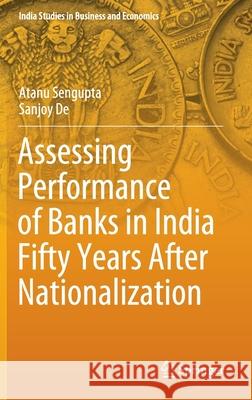Assessing Performance of Banks in India Fifty Years After Nationalization » książka
topmenu
Assessing Performance of Banks in India Fifty Years After Nationalization
ISBN-13: 9789811544347 / Angielski / Twarda / 2020 / 232 str.
Assessing Performance of Banks in India Fifty Years After Nationalization
ISBN-13: 9789811544347 / Angielski / Twarda / 2020 / 232 str.
cena 200,77
(netto: 191,21 VAT: 5%)
Najniższa cena z 30 dni: 192,74
(netto: 191,21 VAT: 5%)
Najniższa cena z 30 dni: 192,74
Termin realizacji zamówienia:
ok. 22 dni roboczych.
ok. 22 dni roboczych.
Darmowa dostawa!
Kategorie:
Kategorie BISAC:
Wydawca:
Springer
Seria wydawnicza:
Język:
Angielski
ISBN-13:
9789811544347
Rok wydania:
2020
Wydanie:
2020
Numer serii:
000459580
Ilość stron:
232
Waga:
0.53 kg
Wymiary:
23.39 x 15.6 x 1.6
Oprawa:
Twarda
Wolumenów:
01
Dodatkowe informacje:
Wydanie ilustrowane











